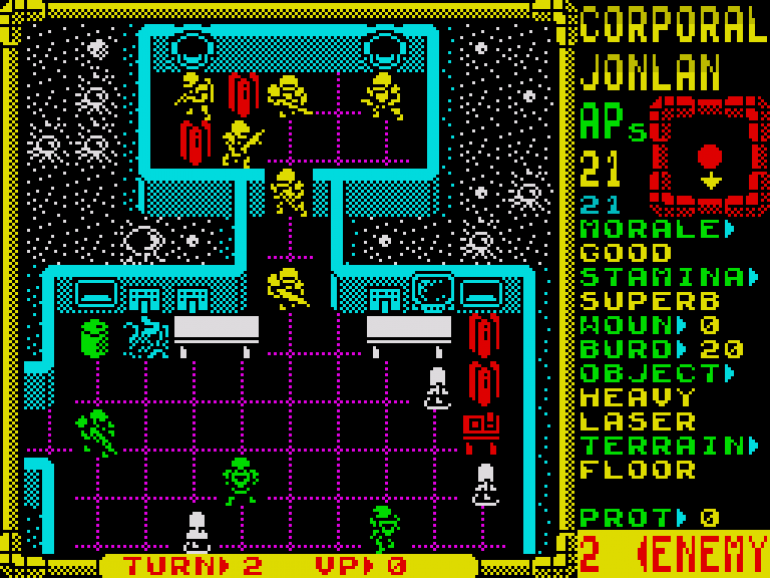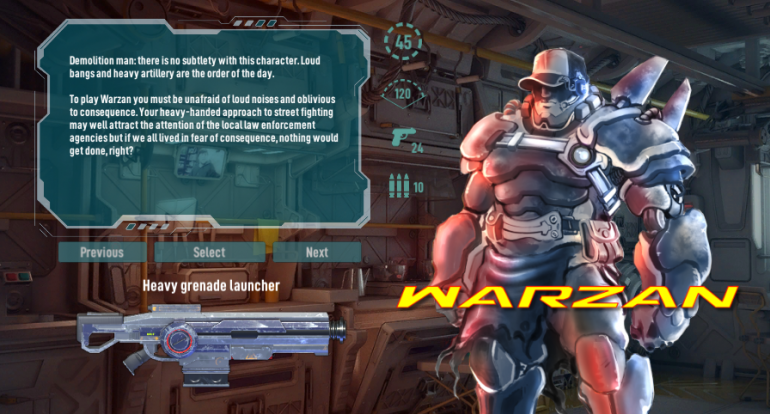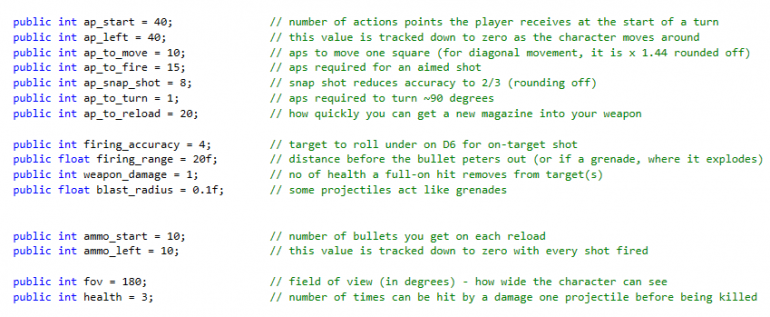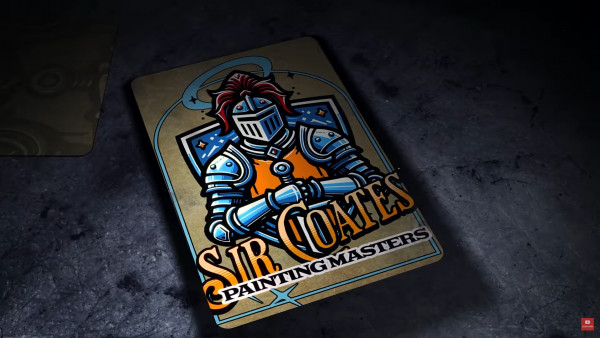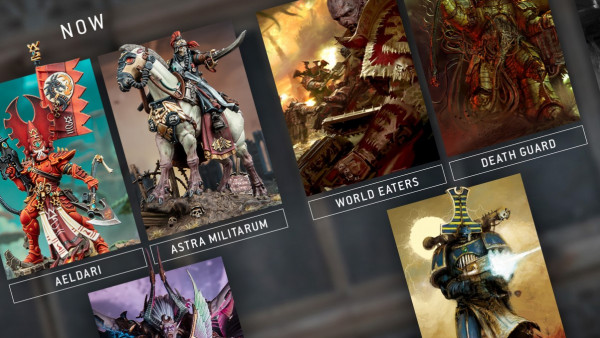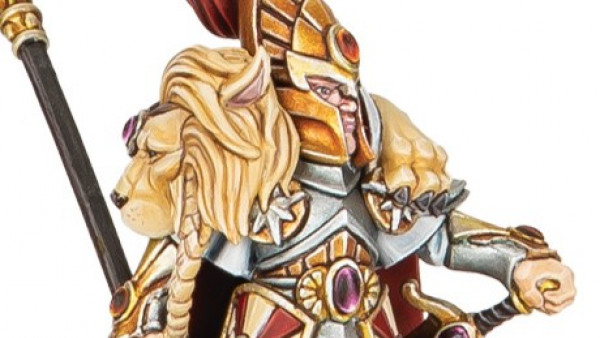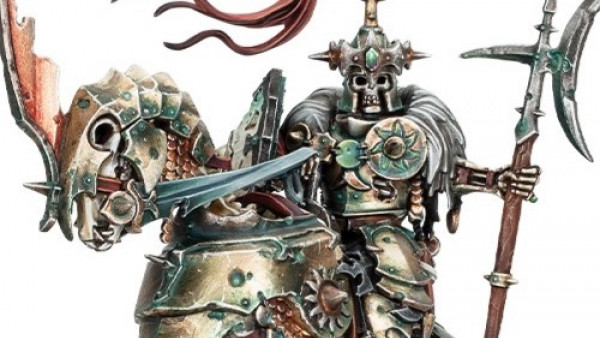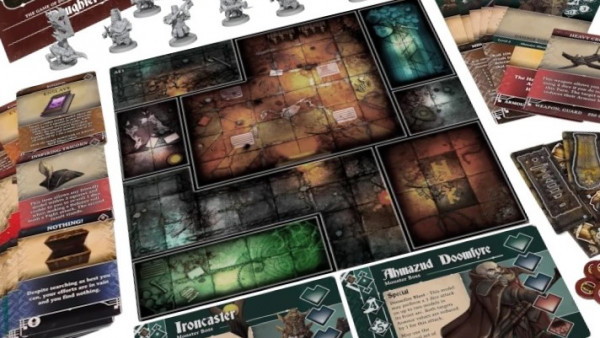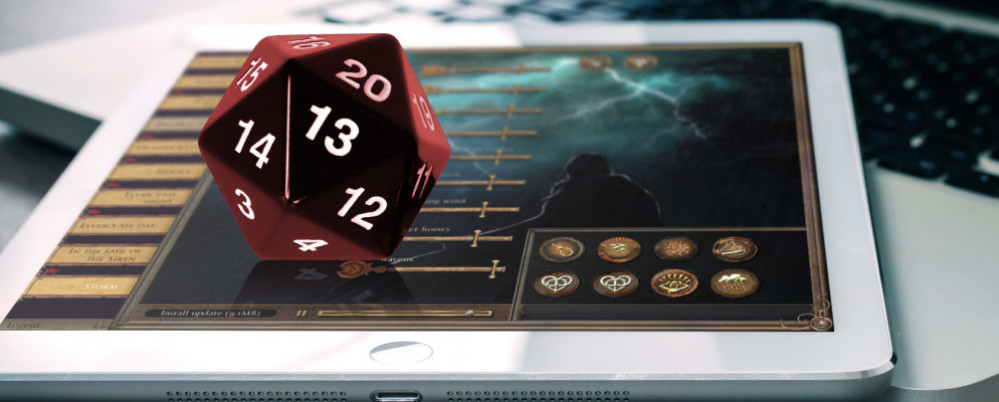
App-based tabletop gaming
Recommendations: 30
About the Project
With meeting people face-to-face to play tabletop games becoming ever more difficult, I decided to look again at an idea that's been nagging away at the back of my brain for a few years now: play-over-the-net gaming.
Related Genre: Cyberpunk
This Project is Active
More shooting skills
I was coding up the weapon firing routines on my app when a thought struck like a wet fish to the head; the game has always leaned heavily on the ZX Spectrum classic Laser Squad – spending action points to move, fire etc. and using a real-time line-of-sight to determine what you can and cannot see – and it suddenly struck my why my move-and-shoot game felt a little flat in comparison.
One of the key elements of Laser Squad is knowing when to spend and when to conserve your action points, to be able to interrupt your opponent during their turn.
Overwatch wasn’t just a concept invented for Space Hulk you know!
Firing a weapon in Laser Squad always involved a weighing-up of options for maximum impact – whether to use a deadly “aimed shot” with a high chance of success – but higher AP cost – or a less-accurate (but equally as deadly if it actually hit the target) “snap shot”, conserving those valuable APs for other actions.
It struck me that my game, with its single firing action was missing this element of strategic decision making. So this morning, I’m going to spend a few hours hacking in a multiple-shot-type system for
- aimed shots
- snap shots
- applying overwatch
Let’s see how this goes…..
Tabletop skirmish gaming
I’ve always preferred skirmish gaming to full-on mass-army rank-and-file type battle games. I can’t pretend I’ve actually played that many of either, but of the games I’ve played, I found the ones where you can take a personal interest in the characters of each of your armies far more satisfying.
This project blog isn’t a start-to-finish blow-by-blow account of the game I’m currently working on. Much of the game has already been developed, much of the software and hardware already exists; this is more about laying a set of rules over an existing gaming framework.
My particular game is a sci-fi/cyberpunk skirmish for up to four players (playable over the net) and each player can control a team of three or four characters (since everyone could potentially be playing at home, this relatively small squad-count still means everyone having to provide – and paint – up to sixteen minis, so mini count is deliberately kept low).
Characters move about by spending action points (APs).
Because an app tracks all the movement allowance and the spending of action points on various actions, there’s room to include finer details that would otherwise slow down a traditional tabletop game.
For example, each character has a “field of vision” – and different characters can have differing FOVs; a character wearing a clunky helmet might only have a field of vision of about 90 degrees (45 degrees either side) whereas a hyper-vigilant, agile character (or one with augmented vision and head-mounted cameras) might have all-round 360 degree vision. Characters typically have a 180 degree FOV but this can be tailored to each individual character.
Characters have different weapons which inflict different amounts of damage (and have differing maximum ranges). A sniper rifle, for example, might be relatively slow to use, with a high “AP to fire” value, but would also have a very high accuracy and a very long range too (making it difficult to miss the target). Damage inflicted would typically be a “medium” value.
A pistol, however, might have a low “AP to fire” value (meaning more shots per turn) but also a relatively low accuracy and a medium range. Damage inflicted for a hit would be low-to-medium.
A character might have a super-destructive weapon, like a grenade launcher. This would typically have a relatively short range and would take lots of action points to fire. It would, however, have a high damage value and even a “blast radius” – damaging characters not just in the target square, but also in spaces one or even two squares away.
































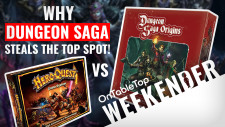



![TerrainFest 2024! Build Terrain With OnTableTop & Win A £300 Prize [Extended!]](https://images.beastsofwar.com/2024/10/TerrainFEST-2024-Social-Media-Post-Square-225-127.jpg)




